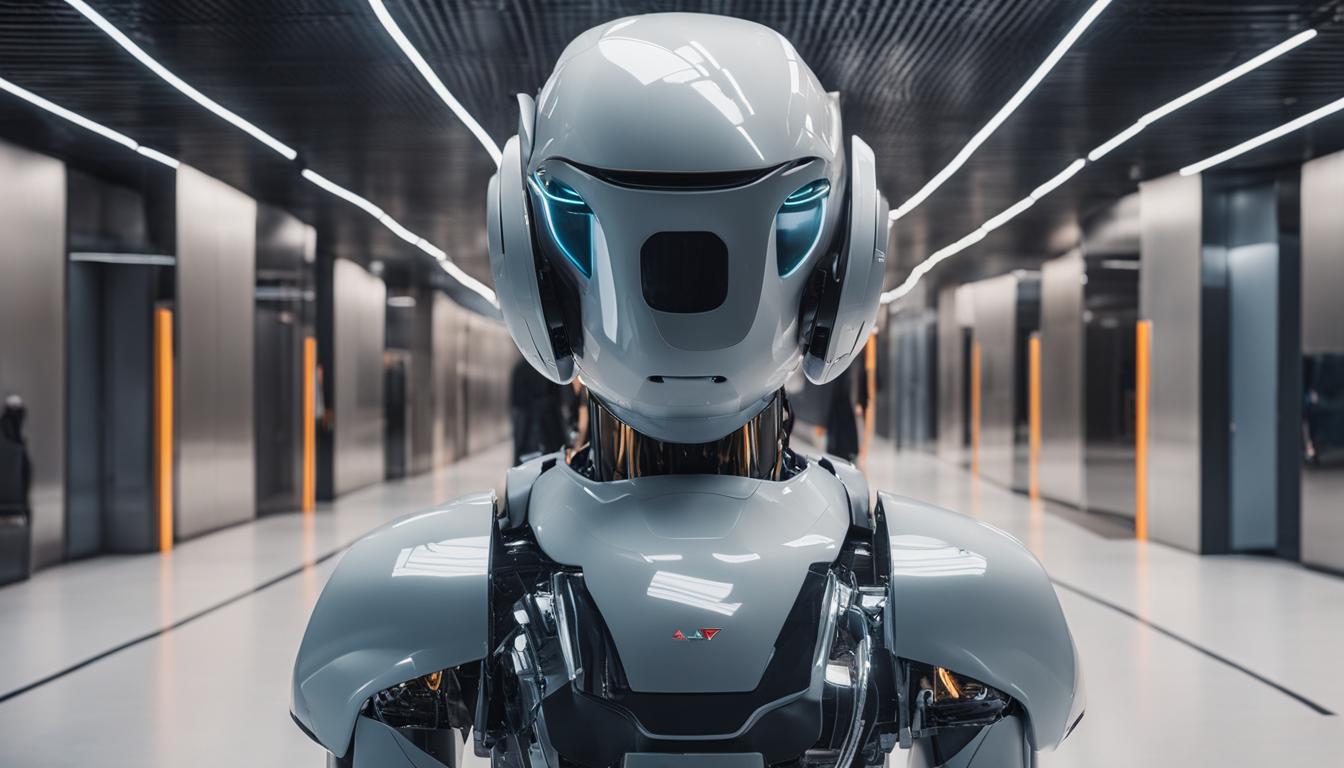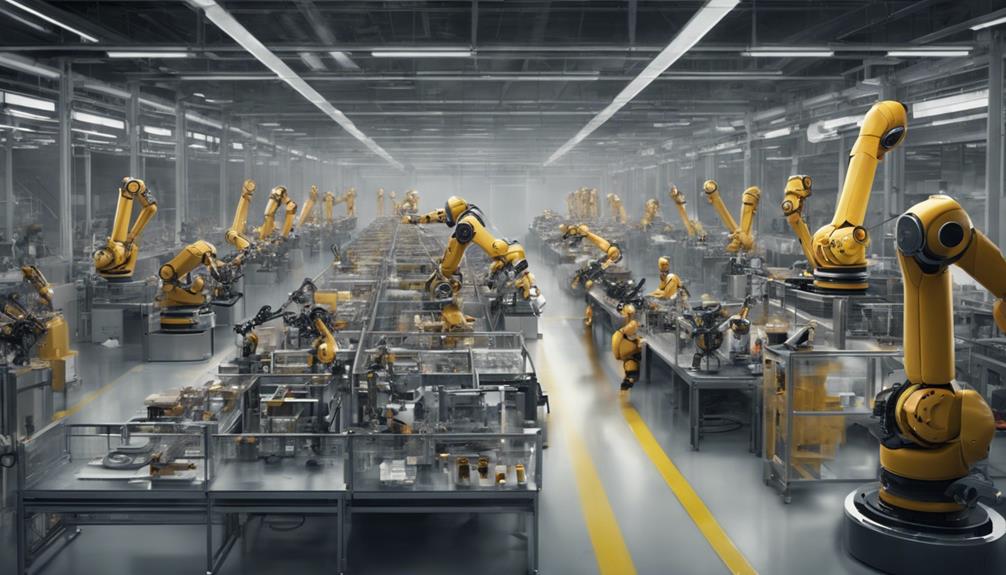AI assistants can help deliver news quickly, but their accuracy often depends on the quality of their training data. They might struggle with conflicting sources or outdated information, which can lead to misinformation. Biases from biased sources can also influence the summaries they generate. Since AI’s fact-checking isn’t perfect, it’s important to verify news with trusted sources. If you want to understand how to navigate these challenges, there’s more to uncover ahead.
Key Takeaways
- AI assistants can quickly summarize news but may propagate misinformation if trained on inaccurate or outdated data.
- Biases in training datasets can influence AI-generated news, affecting fairness and objectivity.
- Transparency about sources and information weighting in AI news summaries remains limited, impacting trustworthiness.
- Research indicates that AI assistants’ fact verification capabilities are still developing, requiring user cross-referencing.
- Improving training data quality and bias mitigation strategies are critical for enhancing news accuracy in AI assistants.

As AI assistants become more integrated into our daily lives, their role in delivering news has come under increasing scrutiny. You might rely on these tools for quick updates, but understanding their limitations is essential. One key issue is fact checking challenges. Unlike human journalists, AI systems process vast amounts of data rapidly, but they can struggle to verify the accuracy of every piece of information they present. When an AI encounters conflicting sources or ambiguous data, it might inadvertently spread misinformation. This is especially problematic when you consider that the AI’s training data influences its outputs. If that data contains inaccuracies or outdated information, the AI may inadvertently reinforce false narratives. As a user, you should be aware that the technology is still evolving and that fact checking remains a vital step that isn’t fully automated yet. Additionally, training data quality plays a significant role in shaping the reliability of AI-generated news.
Bias mitigation is another major concern. AI assistants learn from large datasets, often reflecting societal biases present in the sources they ingest. These biases can manifest subtly, affecting how news is summarized or prioritized. For example, if an AI system is trained chiefly on sources with particular ideological leanings, it might unintentionally favor certain perspectives over others, skewing the presentation of facts. Recognizing this, researchers are working on bias mitigation strategies to help AI produce more balanced and fair news summaries. As a user, you should be cautious about accepting AI-generated news at face value, especially if it seems to lack diverse viewpoints. The ongoing efforts in bias mitigation aim to reduce these distortions, but they aren’t foolproof yet.
Furthermore, the integration of AI in news delivery raises questions about transparency. You might not always know where the AI sources its information or how it weighs different sources. This lack of transparency can make it difficult to judge the reliability of the news you receive. Because of these issues, many experts recommend that you treat AI-assisted news as a starting point rather than the final authority. Cross-referencing information with reputable sources remains a wise practice.
Frequently Asked Questions
How Do AI Assistants Verify the Credibility of News Sources?
You might wonder how AI assistants verify the credibility of news sources. They perform source validation by cross-checking information against reputable databases and trusted outlets. They also assess credibility by analyzing the source’s history, reputation, and consistency. This process helps guarantee the news they deliver is accurate and reliable, giving you confidence in the information provided. Active source validation and credibility assessment are key to maintaining trustworthy news delivery.
What Are Common Biases Found in Ai-Generated News Summaries?
You might notice biases like confirmation bias and framing effects in AI-generated news summaries. These biases occur when the AI favors information that confirms existing beliefs or presents stories in a particular light, skewing objectivity. While AI aims to be neutral, it can unintentionally reinforce stereotypes or misrepresent facts due to training data limitations. Recognizing these biases helps you critically evaluate AI summaries rather than accepting them at face value.
How Can Users Identify Inaccuracies in Ai-Produced News Content?
You can identify inaccuracies in AI-produced news content by practicing media literacy and critical evaluation. Always cross-check facts with reputable sources and look for inconsistencies or biased language. Question the source and consider the context, tone, and any missing information. Stay skeptical of sensational headlines and verify data before accepting it as truth. Developing these skills helps you spot errors and guarantees you consume accurate, reliable news.
Are There Specific AI Models Better at Fact-Checking News?
Think of AI models like detectives—some are better at fact-checking than others. Certain models, like GPT-4, excel in fact-checking techniques due to advanced training and better understanding of context. They demonstrate superior model performance in verifying news accuracy. To spot the best, look for those with extensive training data and specialized fact-checking capabilities. These models can help you identify more accurate news stories quickly and confidently.
How Does AI Learning Impact the Evolution of News Accuracy?
Your AI learning impacts news accuracy by improving adaptability and reducing errors over time. As algorithms learn from new data, they become better at identifying credible sources, but algorithm bias can still influence outcomes. When AI adapts effectively, it enhances fact-checking and minimizes misinformation. However, ongoing challenges with bias mean it’s essential to monitor how learning processes evolve, ensuring AI supports accurate, trustworthy news dissemination.
Conclusion
You now hold the power to shape the future of news accuracy with AI assistants. If you embrace rigorous checks and critical thinking, you could prevent a deluge of misinformation that threatens to drown society in chaos. Your choices might be the tipping point between a well-informed world and one drowning in falsehoods. Remember, in this digital age, your vigilance could be the most influential weapon against the chaos of unreliable news.









